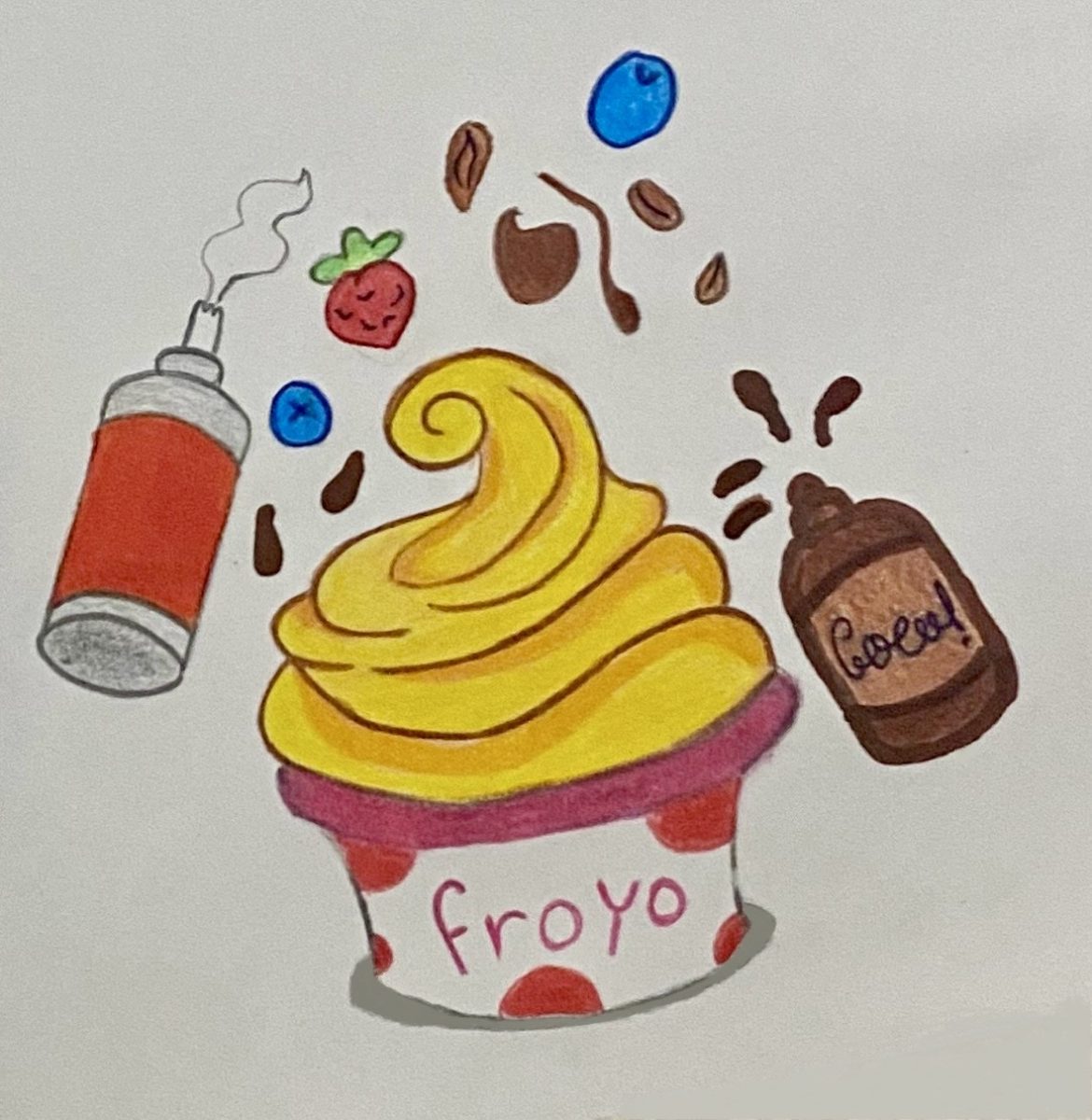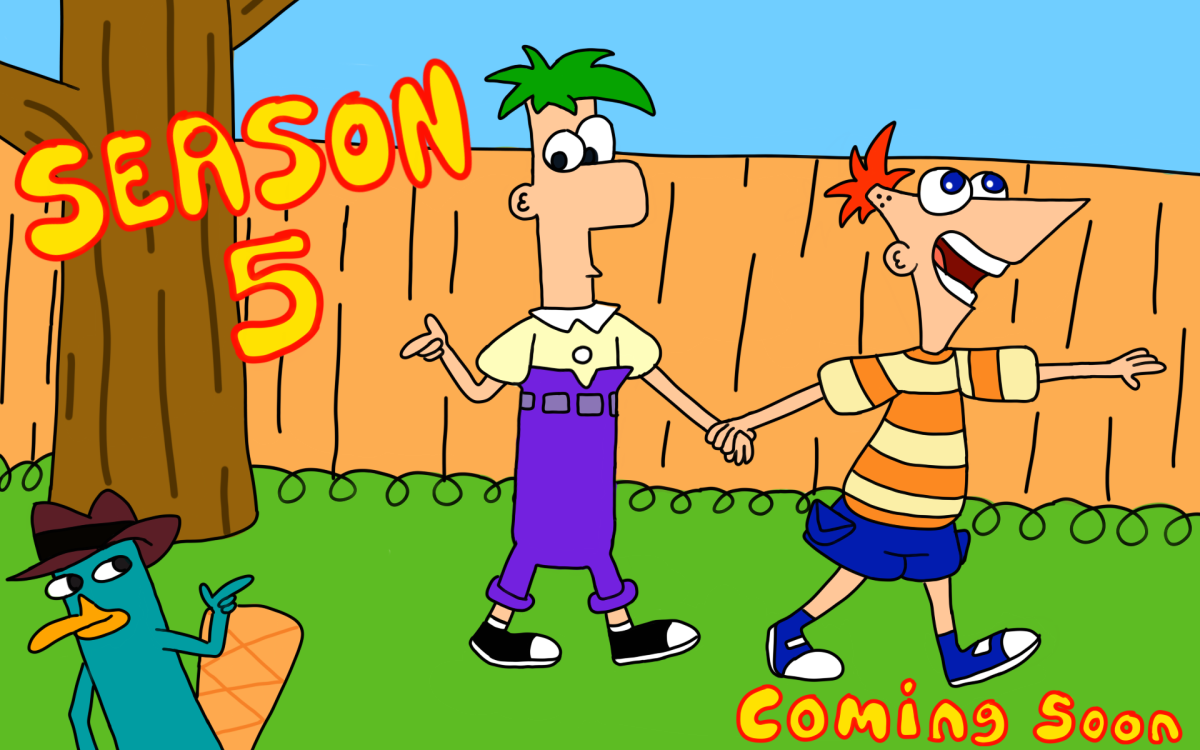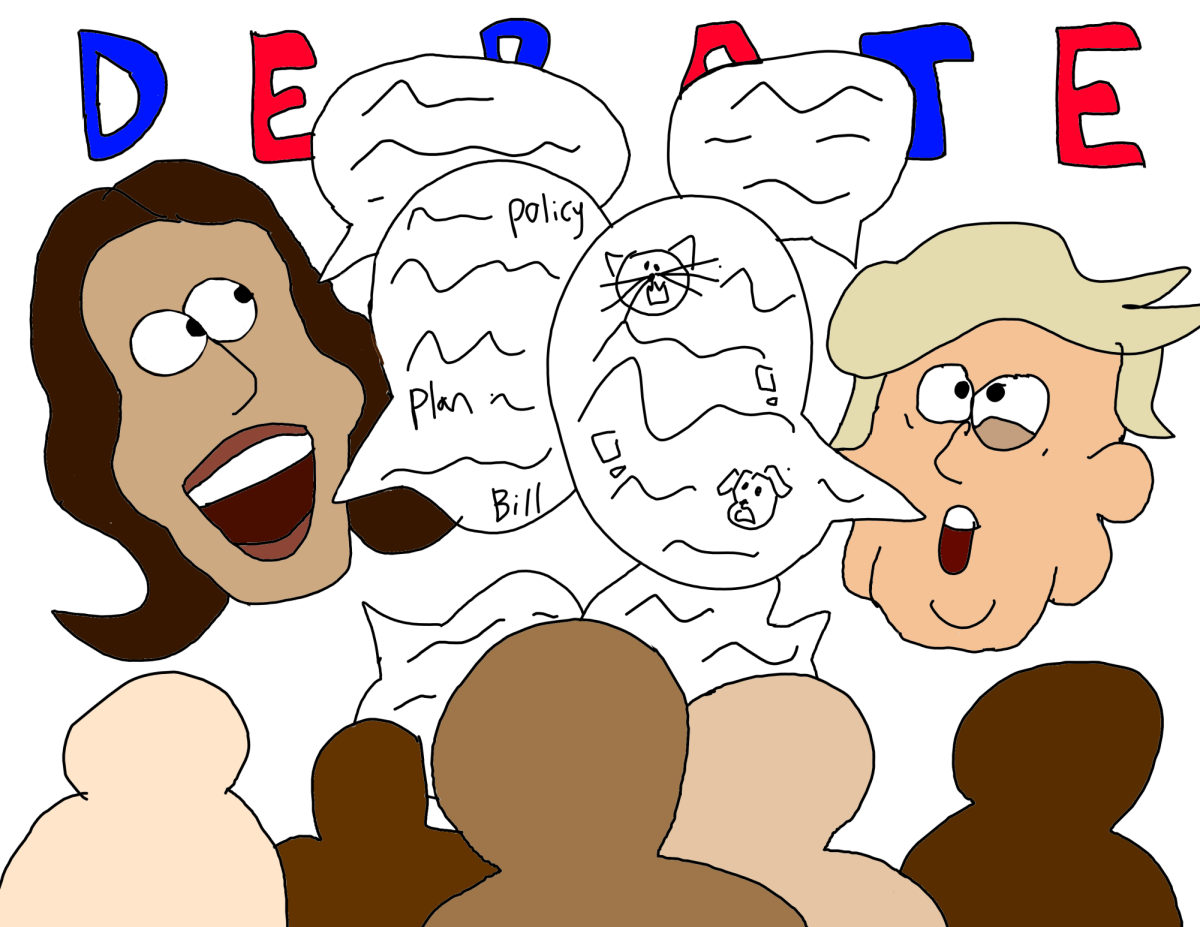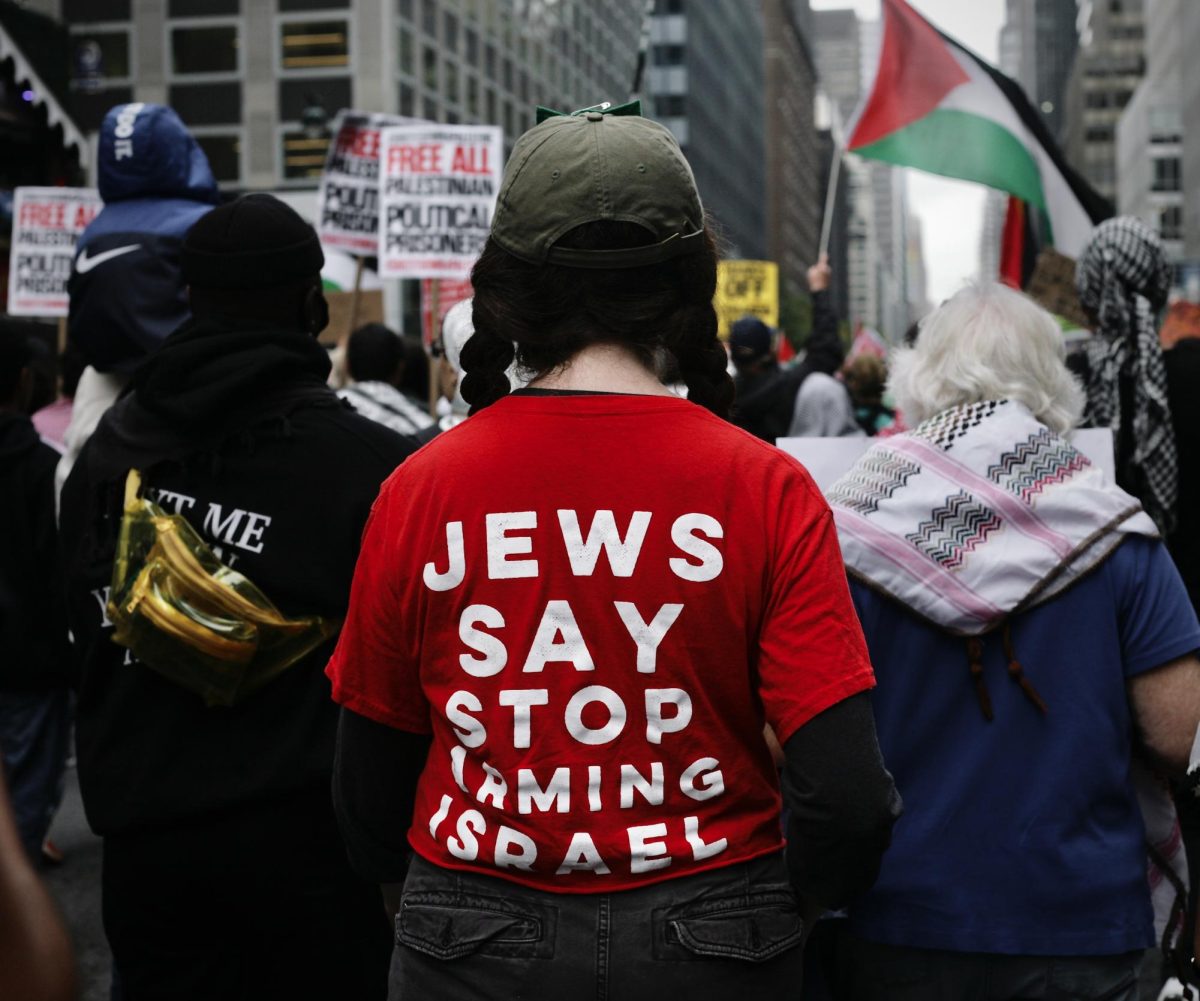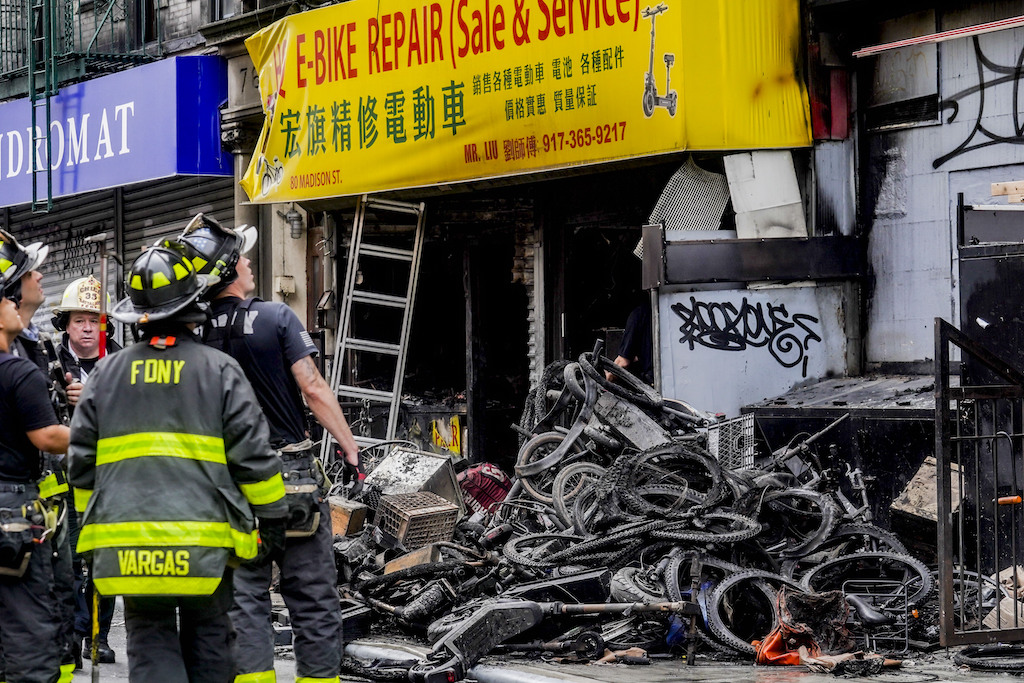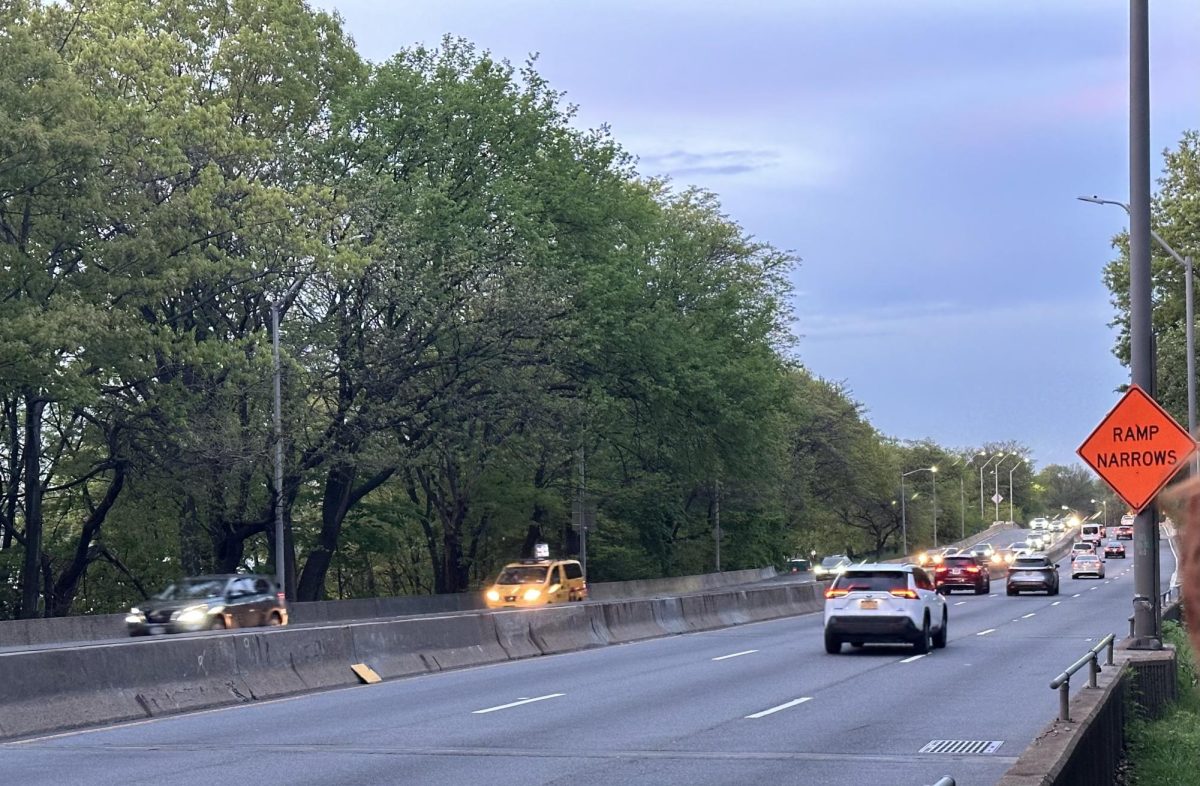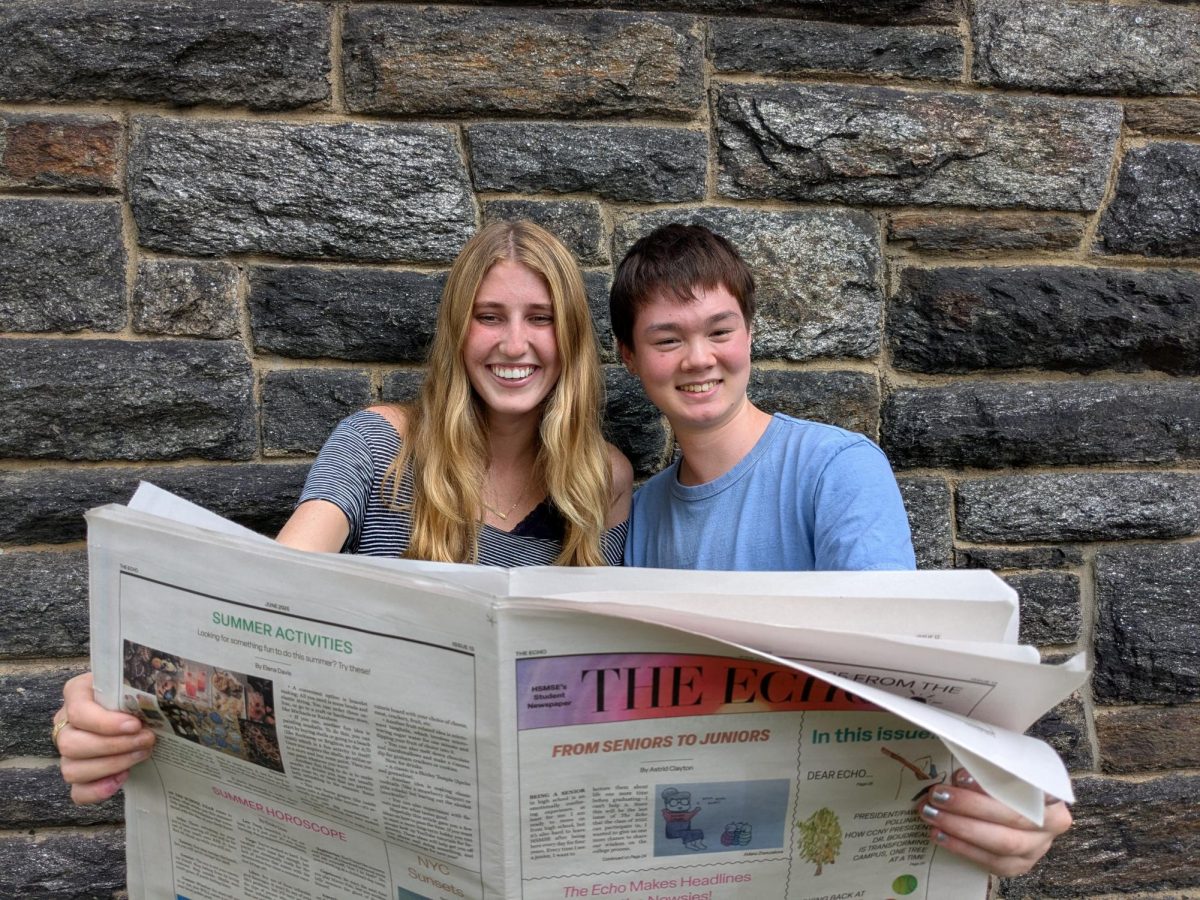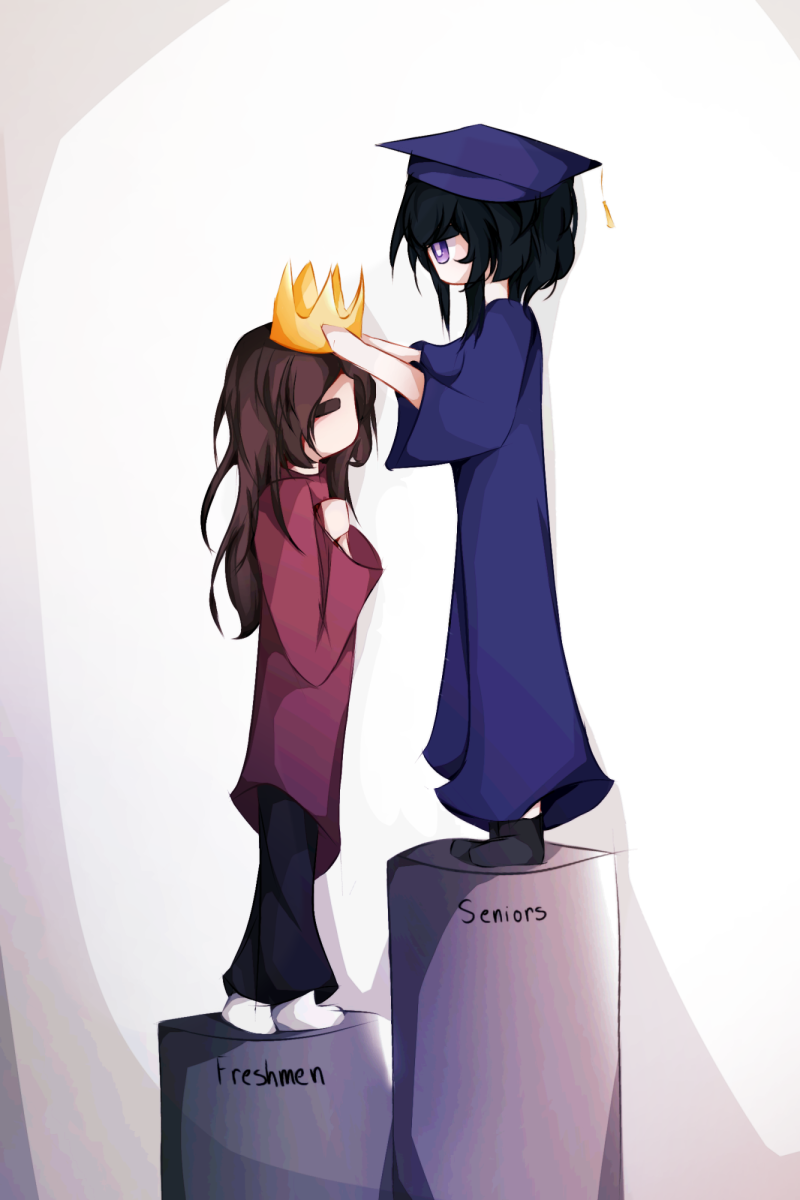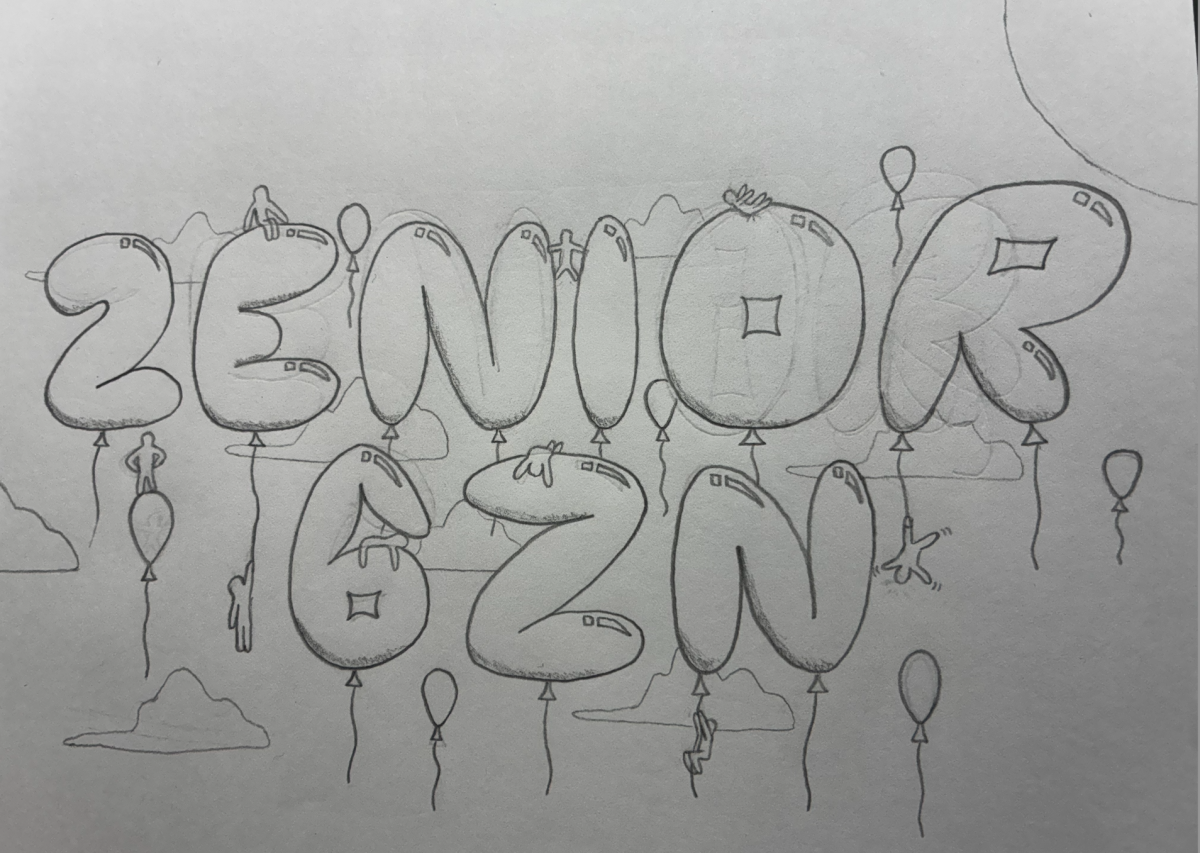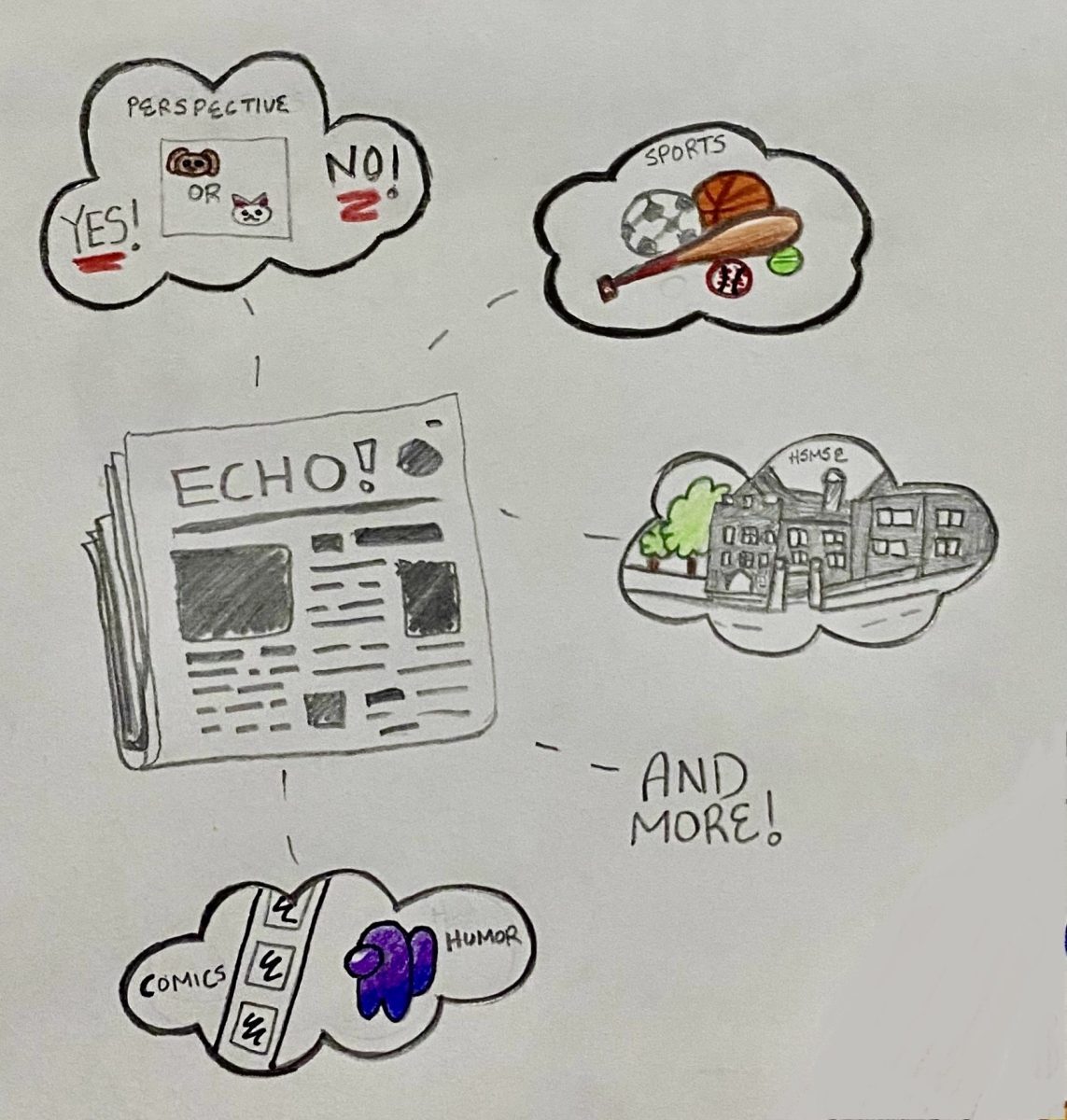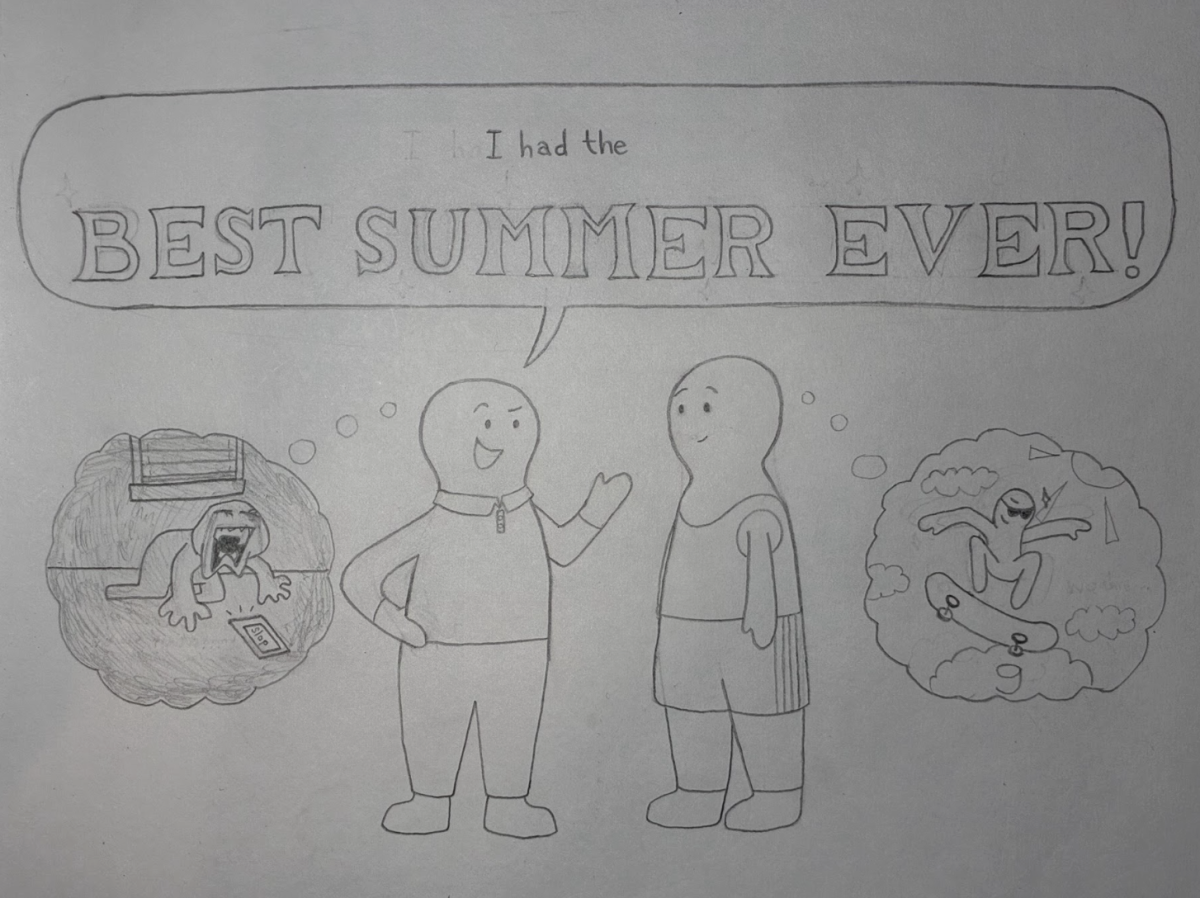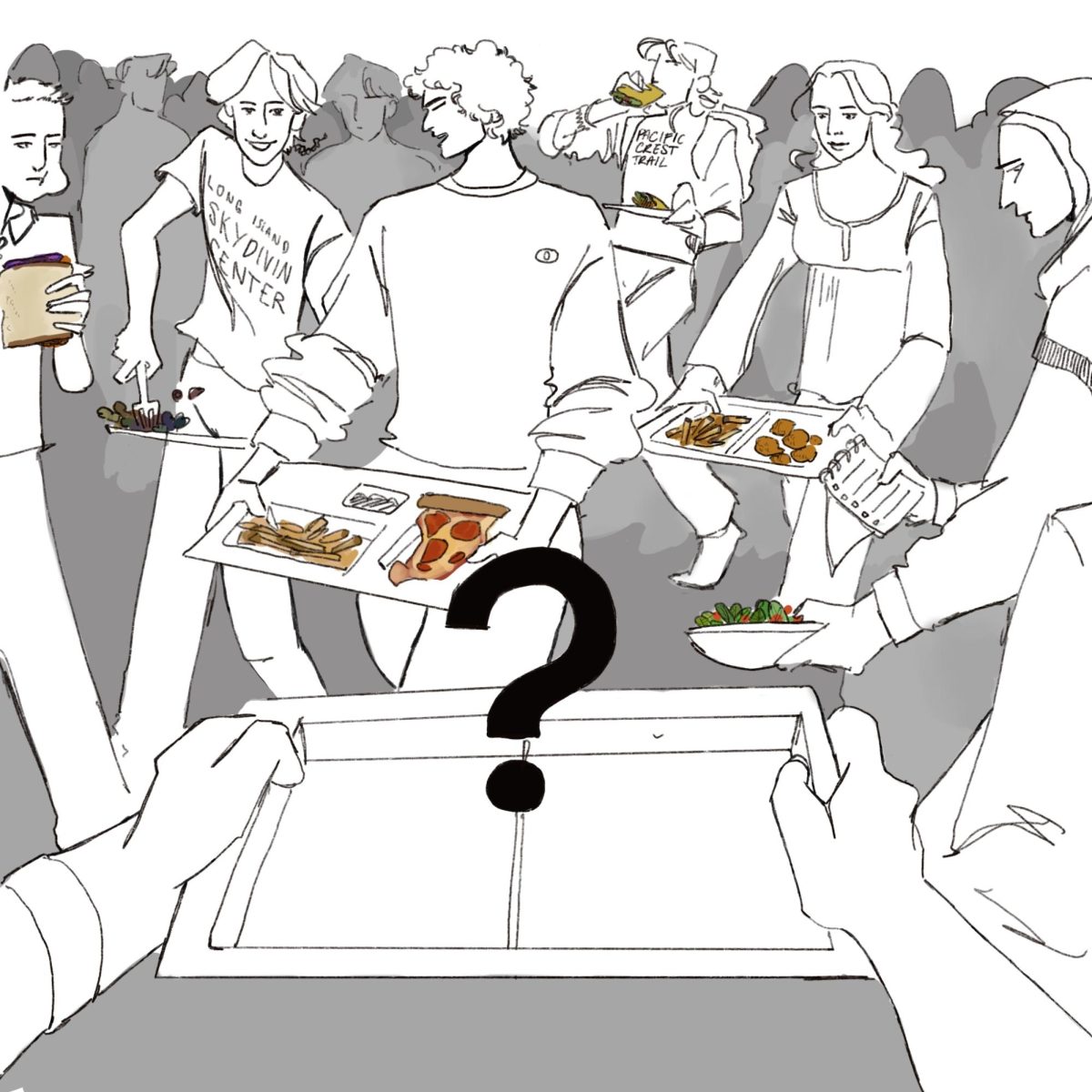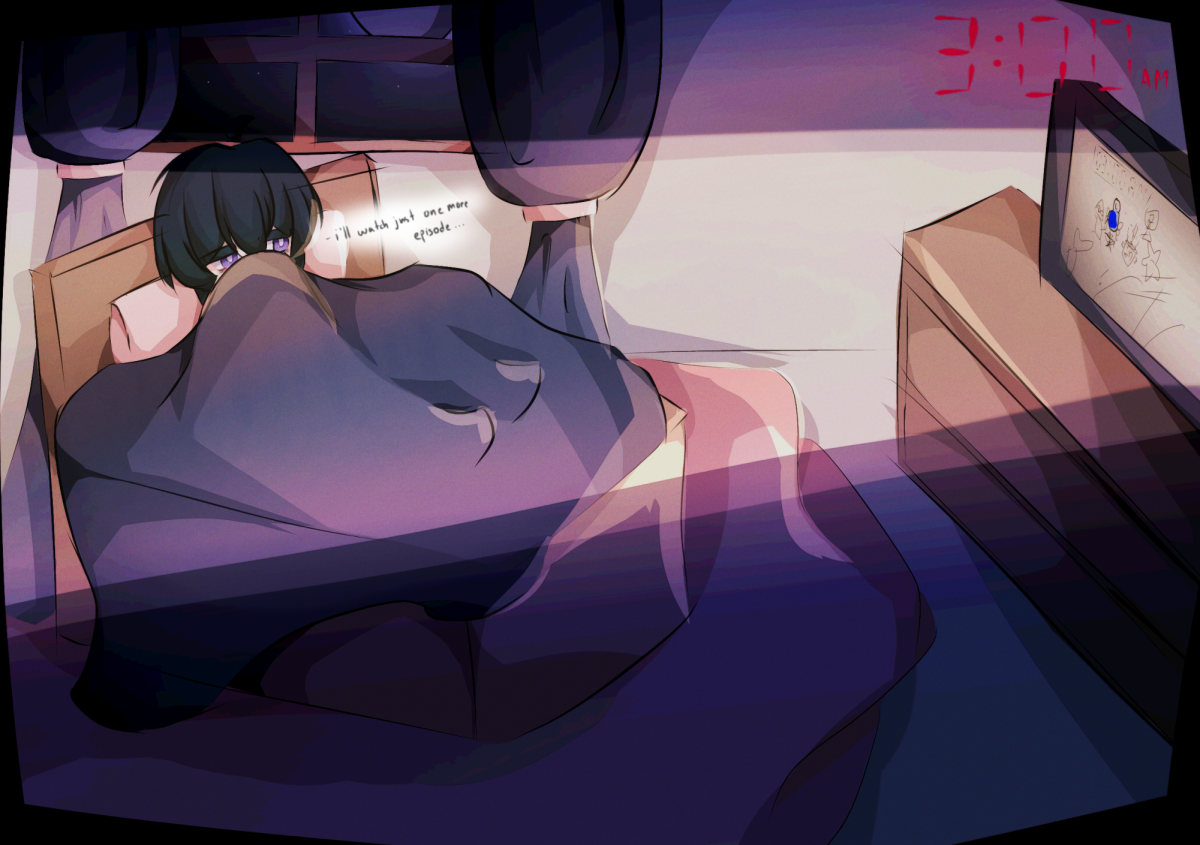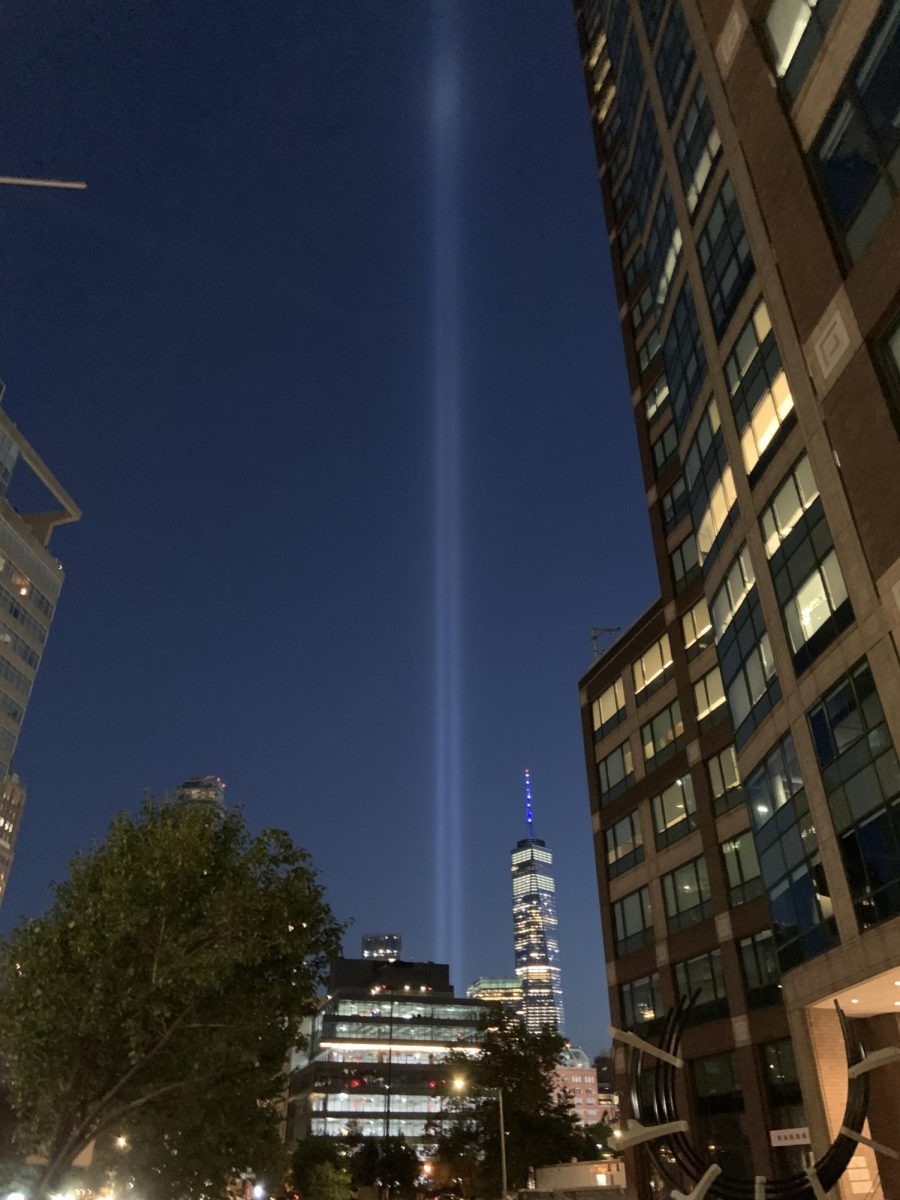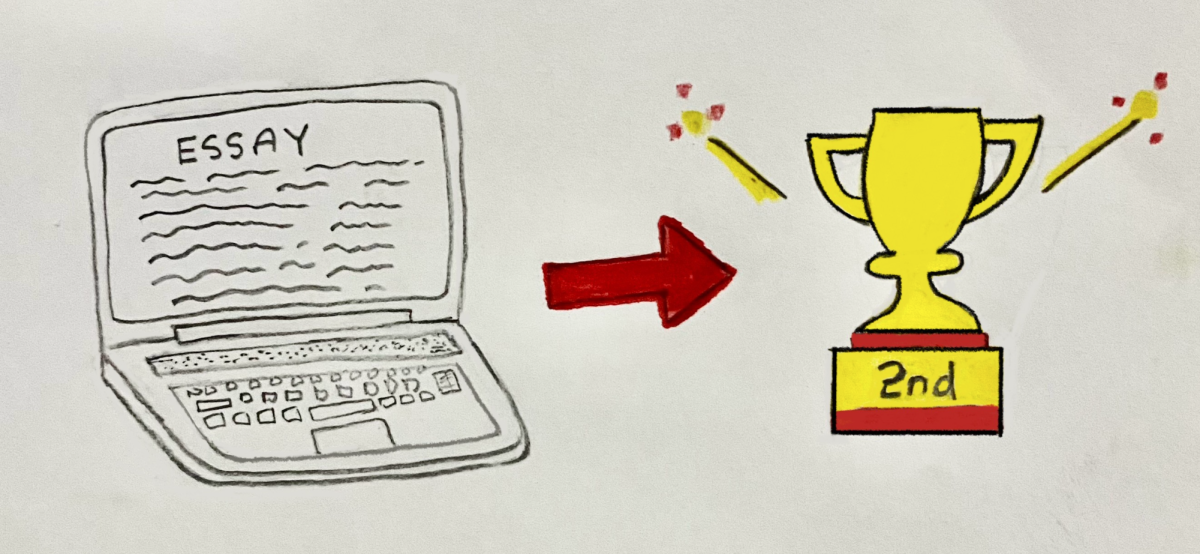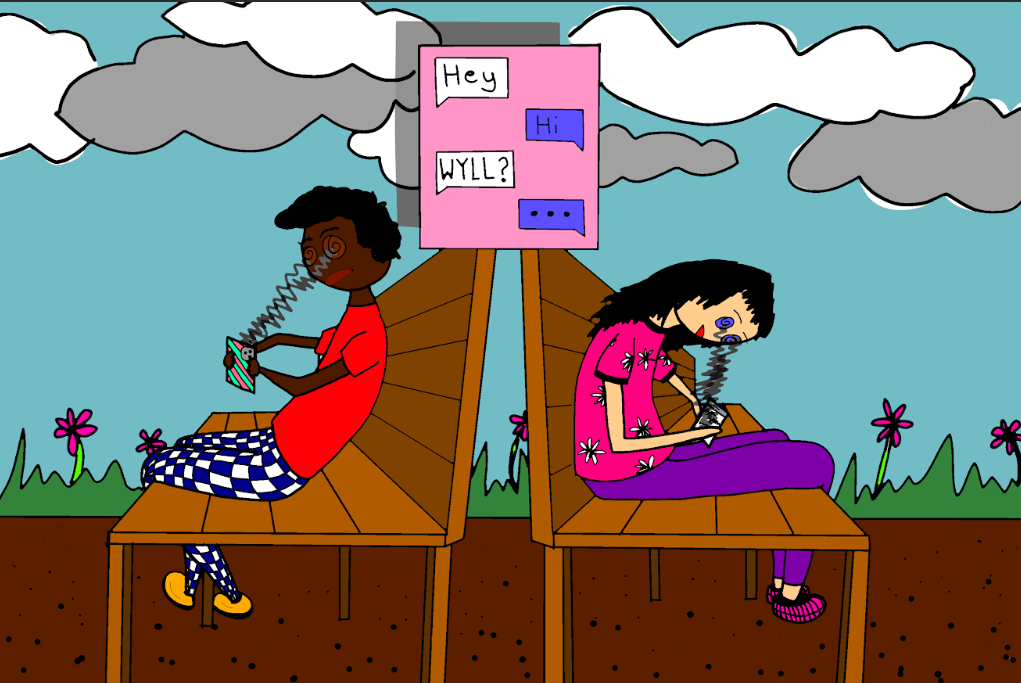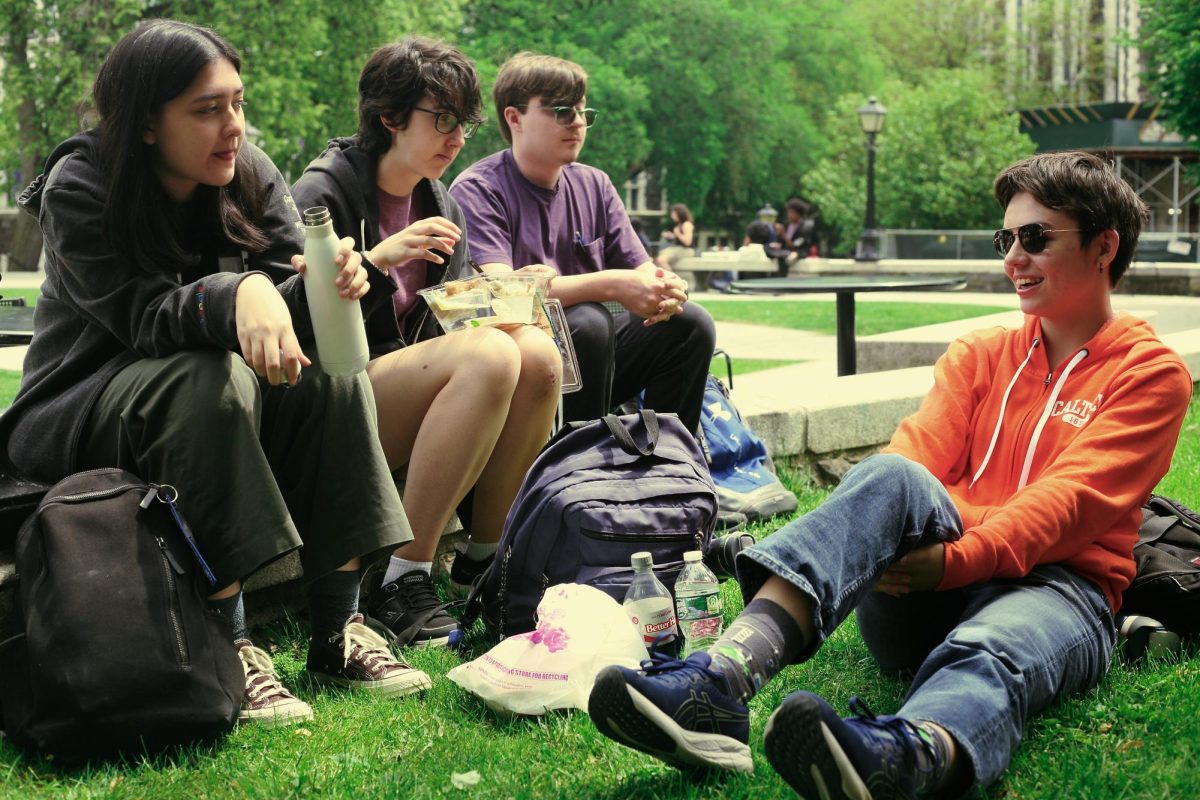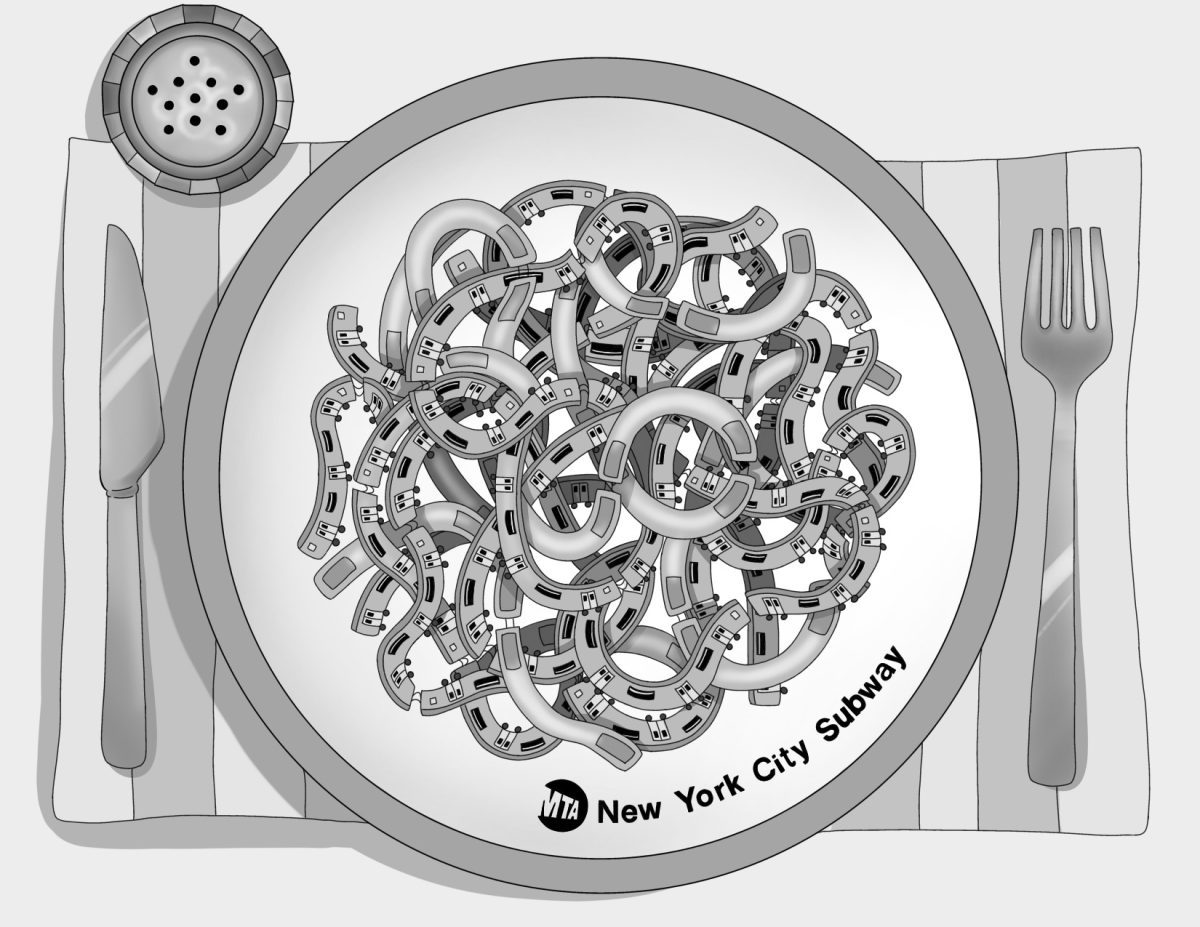Introduction
A frequent occurrence on the A train is when it slows to a crawl or a complete stop south of 59th Street, usually caused by a D train crossing in front of the A. This is something many students experience. The process of train crossing in front of another is known as interlining, in which a train services the same route as another train. Here, the D and A run express between 59th Street–Columbus Circle and 145th Street stations.
When the subway was first created, interlining did not exist. Train routes rarely shared tracks, and the subway was a fast and efficient system. For example, express trains in 1911 ran every minute and 48 seconds. As time passed and expansions were built, interlining was a good way to provide diverse service to downtown stations. In the suburbs, lines would branch off as they needed less service. Some interlining is beneficial and necessary, as branches would not have direct service downtown otherwise. The peak of interlining was in 1967, when there were 36 lines, as compared to 25 today, including all shuttles. Even though our system has since been simplified, it is clear that excess interlining can be problematic, as it inconveniences passengers rather than reducing necessary transfers.
The data below showcases how as the number of interlines increase, the scheduled number of trains decrease, providing worse service at stations with only that line.
Morning Rush Hours (6am–9am) Trains per Hour towards Downtown
Lines that interline 0 times
1 Train: ~13 trains
6 Train: ~16 trains
L Train: ~15 trains
7 Train: ~24 trains
Average: ~17 trains
Lines that interline 1 time
G train: 8 trains
J/Z train: ~8 trains
4 train: ~9 trains
3 train: 7 trains
Average: ~8 trains
Lines that interline 2 times
Q train: ~8 trains
W train: 6 trains
A train: ~12 trains
C train: ~6 trains
Average: 8 trains
Lines that interline 3 times
N train: ~8 trains
E train: ~12 trains
5 train: 12 trains
2 train: 11 trains
F train: 11 trains
Average: ~11 trains
Lines that interline 4 times
D train: ~8 trains
B train: 8 trains
M train: 7 trains
R train: ~8 trains
Average: ~8 trains
While this data showcases that trains with 0 interlines have more trains, an outlier exists for trains which interline 3 times. However, we must also consider reliability. This can be measured by an estimate of how many customers’ trips are completed within 5 minutes. The average percentage of trips completed within 5 minutes for lines that interline zero times are 89.4%, 84.65% for lines that interline once, 83.175% for lines that interline twice, 82.34% for lines that interline three times, and 78.6% for lines that interline four times. As a route shares more and more routes with other trains, its reliability decreases.
Although data proves to be useful, we should also analyze the experiences of individual subway commuters. One student I interviewed, Aron Liu (‘24), finds that the E is the worst line, as it has experienced extreme delays such as a power outage. Aron believes the R is the second worst line, as “it can be there in 3 [minutes] or it can be there in 25 [minutes].” This ruins the image of the MTA for him, as an alternative would require taking a bus, which would be much more inconvenient. Once there are problems at a major transfer station, the entire trunk line can no longer move. A trunk line is a section of track which multiple trains share, such as the Central Park West trunk line, with the A, B, C, and D trains. Aron claims that the subways in Brooklyn tend to be more convenient, as there are many alternative options, while Queens only has a couple of lines.
On the subject of other lines, Aron likes the 7 and L since “the 7 is more frequent than every other train in Queens” and the L tends to have fewer problems than other lines. The D train often gets stuck in the tunnel waiting for an A train to cross. When asked whether M and R trains running to his station every 8 minutes for each line, or every 4 minutes for an R would be beneficial, he says the first option would be more beneficial because having 2 trains helps when one has a problem along the line. The M tends to be better timed with transfers to an express F, because they interline farther down the line, while the R does not time transfers well. One positive of the system is the great expanse of the subway with its many branches, although there are noticeable transit “deserts” (areas without any subway service). Aron sums up his view well: “I despise the MTA [Metropolitan Transportation Authority] being good based on chance … no stability, constantly on the prowl for surprises such as unexpected local running [express trains].”
While this take is in some ways against de-interlining, as Aron prefers having two options instead of one for locals, I believe de-interlining would still provide many benefits to offset those issues. For example, the data shows that reliability increases with less interlining. Aron believes that the 7 and L are some of the more reliable and frequent lines in the system. By removing interlining, we can help time transfers better, another integral part of a passenger experience. With only one or two routes on local and express, this allows for much easier management, as the small number of lines will mean fewer chances for things to go wrong._ Problems also tend to happen at areas with switches, which is where interlining occurs. When these switches are used less, they will break down less, meaning less issues. Minimal interlining also helps ensure easier scheduling. Currently, the R train needs to consider a W, M, and N trains crossing ahead of them, which means that they will have to stop for a while to let one go through. Less interlining means fewer trains that must be accounted for, opening the possibility for increases in the number of trains and having shorter wait times.
Proposed Routes
The main goal for all of my proposals is to provide shorter wait times, reduce de-interlining where necessary, maintain service to all stations, and avoid building too much infrastructure. The IRT (1, 2, 3, 4, 5, 6, 7) trains already run at a good frequency, so no changes will be made. Lines not mentioned have no change.
A Train: Removal of rush hour terminal of Rockaway Park–116th St, as they have a shuttle service and removing these A trains to Rockaway Park would allow for more shuttles and more A trains for the other terminals.
C Train: The C train will run on Central Park West and 8th Avenue Express, to remove interlining with the E train along 8th Ave and the B along Central Park West Local.
D Train: Runs along the B line for Central Park Local, and Brighton Local to Coney Island to preserve current service to Coney Island. This will eliminate conflict with the N train on 4th Ave.
E Train: Increased services, as the C no longer conflicts with the E along 8th Ave, and local to Jamaica 179th St. The new E terminal at 179th St will prevent homelessness, a prevalent problem on the E train. The terminal at 179th St would require the trains to be cleared out before turning around. Homelessness is an issue as erratic passengers would slow the train down and worsen passenger experience.
F Train: Terminates at Jamaica Center–Parsons/Archer rather than 179th St. The homelessness the E experiences won’t be a problem for the F, as the terminal at Coney Island manages train clearing better. Will run with the E train along 53rd St, removing a conflict at Queens Plaza.
M train: Extension to Jamaica 179th St with the E train, as the 179th Street terminal has 4 tracks, allowing greater capacity. This won’t affect the M train’s yard access, as it has a yard at Fresh Pond Road. The M train will run via 63rd St Tunnel, the old F route, which will remove the conflict at Queens Plaza with the E.
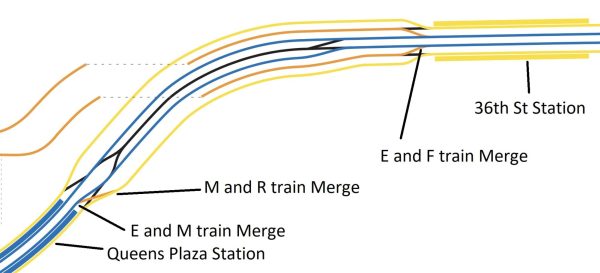
This image shows the current interlining issues near Queens Plaza. Right now, M trains slow down E trains behind them as they cross over to the R, slowing down R trains as well. Lastly, F trains merge with the E train. My plan would have the E and F merge on 53rd Street in Manhattan, which has a better switch allowing for higher speeds, and the M and R merge near 36th Street, with the M taking over the F line from 63rd St. This would improve travel times because the switch will be straight for the M, allowing for high travel speeds. My plan would lead to the only interlining in the area being between the M and the R, increasing reliability. This was basically the service pattern during the 63rd Street Tunnel shutdown.
Q Train: Runs to Coney Island via West End, the original D route to Coney Island. This would also remove interlining with the B.
R Train: R train service expanded to cover the W train elimination for local service along Broadway.
W Train: Suspended. N train frequencies will be increased for Astoria service.
An argument for interlining is convenience, as it allows people to stay on their train all the way to their destination. De-interlining could also lead to confusion, as people may need to take more than 2 trains to their destination.
My counterargument is that people would experience shortened wait times, which would reduce passenger stress as they no longer need to worry about the train being delayed since they can expect a train every 6 minutes or less. Transfers would also generally be cross-platform; on the same platform, you could wait for the next train to continue your journey. I also believe that the confusion will be temporary, as the MTA would publish maps of the new system weeks in advance to give people an opportunity to find new routes to their destination.
To conclude, de-interlining would improve the passenger experience and streamline the operation of the subway, leading to more approval from users. More trains would mean less crowding, and faster trip times would reduce time in the system, providing a provision to add more trains in demand requires it.
Sources
